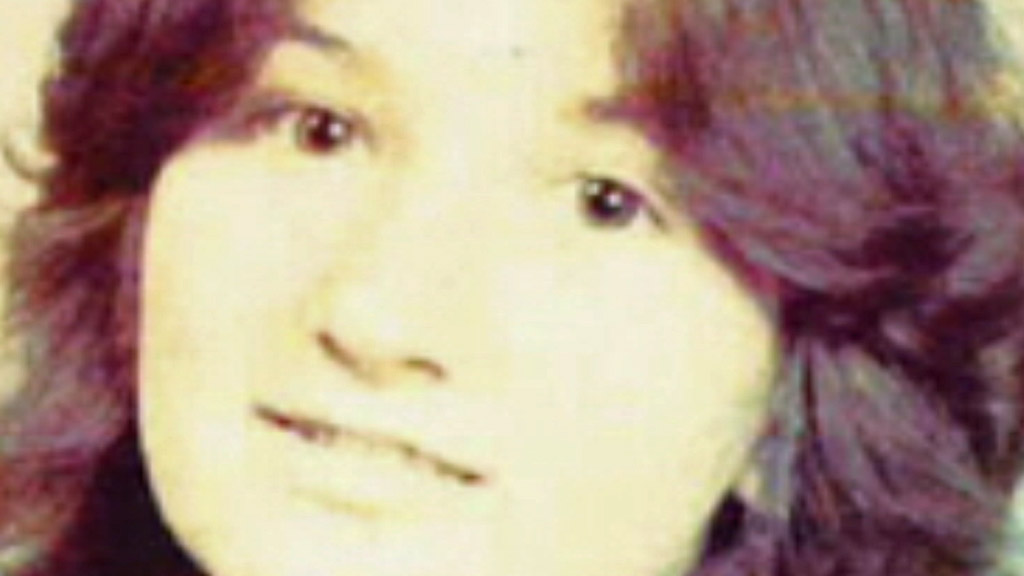DNA breakthrough may help crack train murder cold case
It is 25 years to the day that the unsolved murder of Debbie Linsley took place. Now forensic scientists hope specialist DNA techniques will offer police the best chance of identifying her killer.

At 14.16 on Wednesday 23 March 1988, Debbie Linsley boarded an old fashioned slam-door carriage of the Orpington to Victoria train.
The 26-year-old got on at Petts Wood Station and sat in a compartment with room for six people and doors either side of her. But when the train eventually pulled into London, she never got off.
Frenzied attack
A British Rail porter later found her bloodied body on the carriage floor. She’d been stabbed in a frenzied attack, up to 11 times in the face, neck, chest and abdomen. She died from a wound to her heart.
Debbie’s mother Marguerite died without seeing her daughter’s killer brought to justice. But her father Arthur, now 78 years old, is keeping the fight going.
He told Channel 4 News: “If you lose an arm, or leg you can still live, but it’s not the same and that’s just what it’s like for me. You get on with live, but it’s not the same.”
Now a cold case team of Scotland Yard detectives are using Familial DNA techniques to solve the case. The new techniques allow police to check for possible matches among relatives of the suspect who may be on the database for minor offences.
A full DNA profile of the killer has been created from blood found at the scene; but it has not got a match on the DNA database.
Jonathan Whitaker, co-director of Principal Forensic Services, led a team of scientists in 2002 in developing Familial DNA Searching while at the Forensic Science Service (FSS). The technique was first applied that very year during a triple murder investigation in south Wales.
Biological stains
Dr Whitaker told Channel 4 News: “There are around six million profiles on the National DNA Intelligence Database. These profiles originate from individuals as well as from biological stains which have been taken from crime scenes.
“Sometimes a DNA profile from a scene of crime can remain on the database for many years until a match is made because someone is sampled for example for a minor offence like a traffic accident.
“On other occasions, the DNA from the crime does not match any individual profiles on the database; this is when the police can use Familial DNA techniques in order to keep the momentum going in an undetected enquiry.
“The principle behind it is rather than trying to find the offender, we try to find those who are closely related to that person. This can be possible because close genetic relatives such as parent/child or siblings are expected to have more DNA in common than an unrelated person.
Markers AB
“DNA is made up of thousands of ‘sites’,” Dr Whitaker continues. “In the UK when building a profile we would look at ten specific sites each of which generate two numerical markers for example, A and B. In a parent / child relationship if the parent has markers AB we would expect the child to have inherited either the A DNA marker or the B.
“Any person’s profile which therefore does not contain either of these markers can be excluded as a possible parent or child of the person of interest. This process would be repeated across each of the ten sites examined. This does depend, of course, that paternity is established.
“Between brothers and sisters we will count up the number of markers in common between someone on the database and the profile from the crime stain. In general the more markers the two profiles have in common, the more likely they might be to be a possible brother or sister of the unknown person.”
Debbie was murdered two weeks before her brother’s wedding. She was buried in her bridesmaid’s dress. A senior hotel receptionist in Edinburgh, she had been visiting her parents in Bromley after attending a management course in north London.
Reward
The police are offering a £20,000 reward for information leading to an arrest, charge and conviction.
Heading up the team is Detective Chief Inspector Chris Burgess of the Specialist Crime Review Group. He said: “I’m convinced there would have been people that knew at the time or had a good idea who might have been responsible.
“We need people to come forward who may have seen or heard something. It doesn’t matter how long it has taken them to speak to police.
“The person that committed this crime I believe would have had blood on them, they would have been injured and it’s likely they behaved in a different way after the murder. So I think there are people that know or think they know who might have been responsible.”
Anyone with information should contact 0207230 3893 or ring Crimestoppers anonymously on 0800 555 111.